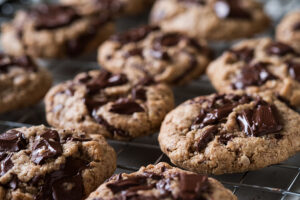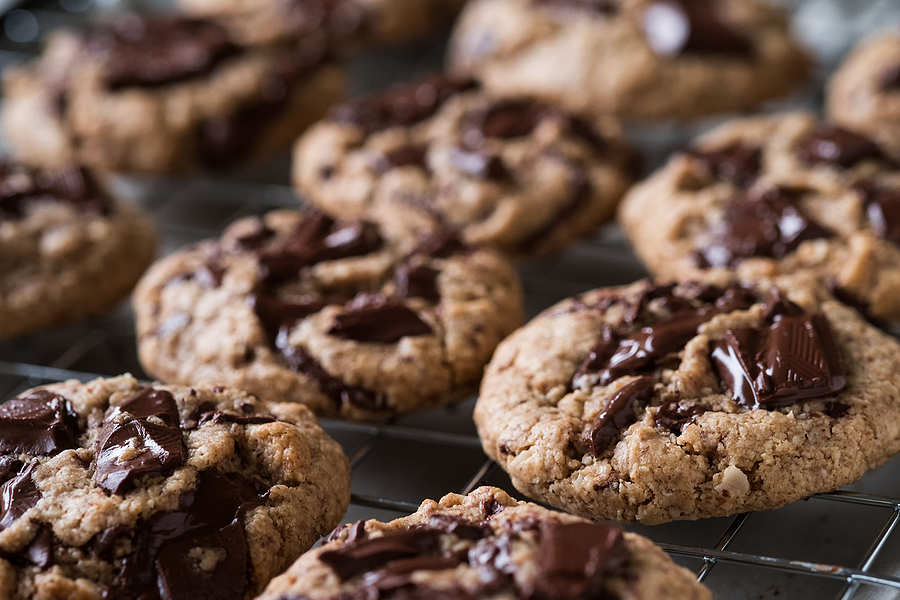 Gut health is one of the key consumer trends driving product innovation in the food and beverage industry. And one of the keys to managing gut health is a high-fiber diet.
Gut health is one of the key consumer trends driving product innovation in the food and beverage industry. And one of the keys to managing gut health is a high-fiber diet.
Most Americans (86%) have tried or are interested in trying high-fiber food and beverages for digestive health. And this growing interest shows in sales data — for the year-long period ending January 24, 2021, sales of products containing functional fiber grew 7%, while those of products with high-fiber claims jumped almost 12%.
Here’s why consumers are reaching for more of these products and how to mix more fiber into baked goods.
The benefits of fiber-enriched foods
Gut health isn’t the only reason fiber-rich diets are important. Studies have shown that those who consume adequate amounts of fiber have a decreased risk of developing health problems like heart disease, high blood pressure, and diabetes. Fiber also aids weight management and helps prevent obesity.
But despite the wealth of health benefits, most Americans aren’t getting enough fiber in their daily diets — only 5% of men and 9% of women are consuming the recommended amount of 14 grams of fiber per 1,000 calories. Adding more fiber to foods can help consumers reach their daily fiber intake goals and improve their overall health.
Boosting fiber content in baked goods
For foods to qualify for “good source of fiber” claims, they must contain at least 2.5 grams of fiber per serving, while foods with 5 grams or more can boast “high-fiber” claims.
Whole grains, nuts and seeds, legumes, and fruits and vegetables are all good sources of intrinsic and intact dietary fiber, meaning fiber is naturally-occurring in these foods and hasn’t been removed from them. There are also several non-digestible carbohydrates that the FDA recognizes as fiber, including beta-glucan, cellulose, inulin, and gums.
Increasing fiber in baked goods can be as simple as switching to a whole grain flour (e.g., whole wheat, oat, rye, etc.). Less common grains like quinoa, spelt, and kamut, as well as other high-fiber sources like citrus fiber and chicory root fiber, will also boost total fiber content. But it may take a careful combination of naturally-occurring fibers and isolated or synthetic fibers to reach the levels required for fiber-related label claims.
The impact of high-fiber on processing
In formulations, fiber can help reduce added sugar, fat, and calories, as well as improve nutritional content and texture. While this generally creates a healthier product, it also means that some foods are better suited for high-fiber recipes than others, particularly those that are lower in sugar such as breads, biscuits, and crackers.
High-fiber content can affect the look, taste, and texture of baked goods. It may also impact dough processing, including mixing stability and development time. The main challenge is managing water absorption and preventing the final product from becoming too dry, browned, dense, grainy, or crumbly.
The solution to these processing challenges depends on the application. Insoluble fibers are best for breads, because soluble fibers tend to interfere with fermentation and proofing. Enzymes (phytase, alpha-amylase, xylanase, or enzyme treated fiber) and gluten also help improve the overall quality of high-fiber baked goods.
Looking to add more high-fiber products to your line? Naegele can help you design the perfect process. Contact us to plan your next product.

